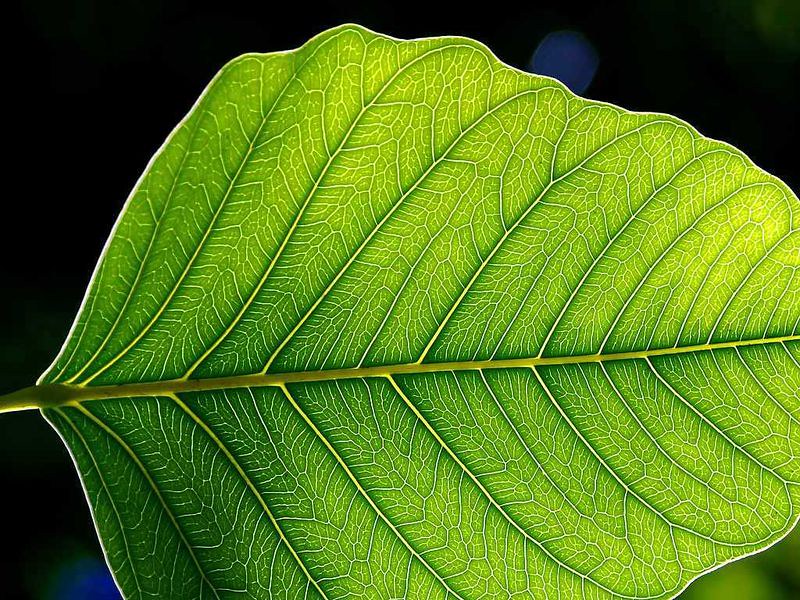In recent decades the search for extraterrestrial life has seen major advancements in technology and methodology. The search for biosignatures on exoplanets around stars similar to ours has brought about new questions, such as: “How will we know life exists on another planet without visiting it?”
To answer this question, scientists use what is known as a biosignature. A biosignature is a sign of life, detectable from another planet. Gasses like oxygen (O2), methane (CH4), and nitrous oxide (N2O) are biosignatures on Earth, and could be detected from outer space. These signatures are observed by powerful telescopes measuring the light reflected off a planet. The light reflected, emitted, or scattered by the planet gives evidence of specific elements and compounds present there. The Earth is the only known planet to harbor life, and we showcase many biosignatures detectable from space. This is highlighted in a paper by Dr. Edward W. Schwieterman which focuses on surface and temporal biosignatures and the advancements made in verifying distant biosignatures.
The paper explains that surface and temporal biosignatures are those that appear on the surface of the planet or those that showcase activity over time. These can be interpreted as signs of life. From such large distances, not all compounds or features of a planet are visible. For this reason, biosignatures are just as important as the development of new technologies.
Surface biosignatures may show evidence of life living on the crust of the planet, like animals and plants. For example, detecting photosynthesis on a planet is one type of surface biosignature. Temporal biosignatures look slightly different, and rely on changes over time in the geology, atmosphere, or composition of the planet.
The biosignature associated with Photosystem I and II is known as the Vegetative Red Edge (VRE). It’s a useful starting point for searching for similar phenomena on other planets. Biology is seemingly universal but scientists like Dr. Schwieterman offer a reminder that we may not know exactly what other life will look like. It might utilize the same biology and chemistry, or it might not. It is possible that a planet’s vegetation seeks to utilize the most efficient energy wavelength available, this would be reason to search for vegetation edges at varying wavelengths. For this purpose, alternative reflectance signatures are also considered. It’s also possible that mineral semiconductors or combinations of minerals, dust, or liquids may offer ‘false positive’ biosignature detections. Thus, planets with multiple lines of biosignature evidence are most useful in detecting possible signs of life.
Temporal signatures of life are another biosignature discussed by Dr. Schwieterman in his paper. Temporal signatures showcase fluxes over time on a planet. An example on Earth would be the seasonal variation in atmospheric CO2 concentration. Over the course of a year, the CO2 in the atmosphere changes. As plant life thrives in the summer and consumes CO2 , concentrations drop. Conversely, most plants are dormant in the late winter, and CO2 builds up in the atmosphere. This flux is detectable from space and similar fluxes in time may help indicate an ongoing biological source.
Fluxes in other observed characteristics over time may also be evidence of biological activity. Variations in water vapor content, the amount of sunlight received, or other parameters that follow along with seasonal changes may cooperate with evidence of the VRE and indicate biological activity.
With all the possibilities considered, the ability to refute false positives and false negatives is important. Scientists searching for extraterrestrial life prefer multiple lines of evidence indicating a biotic source. Even though surface and temporal biosignatures are less reliable than gaseous biosignatures, the technology to detect them continues to be developed and improved. Dr. Schwieterman concludes making surface and temporal biosignatures are important tools in confirming life on other planets.


